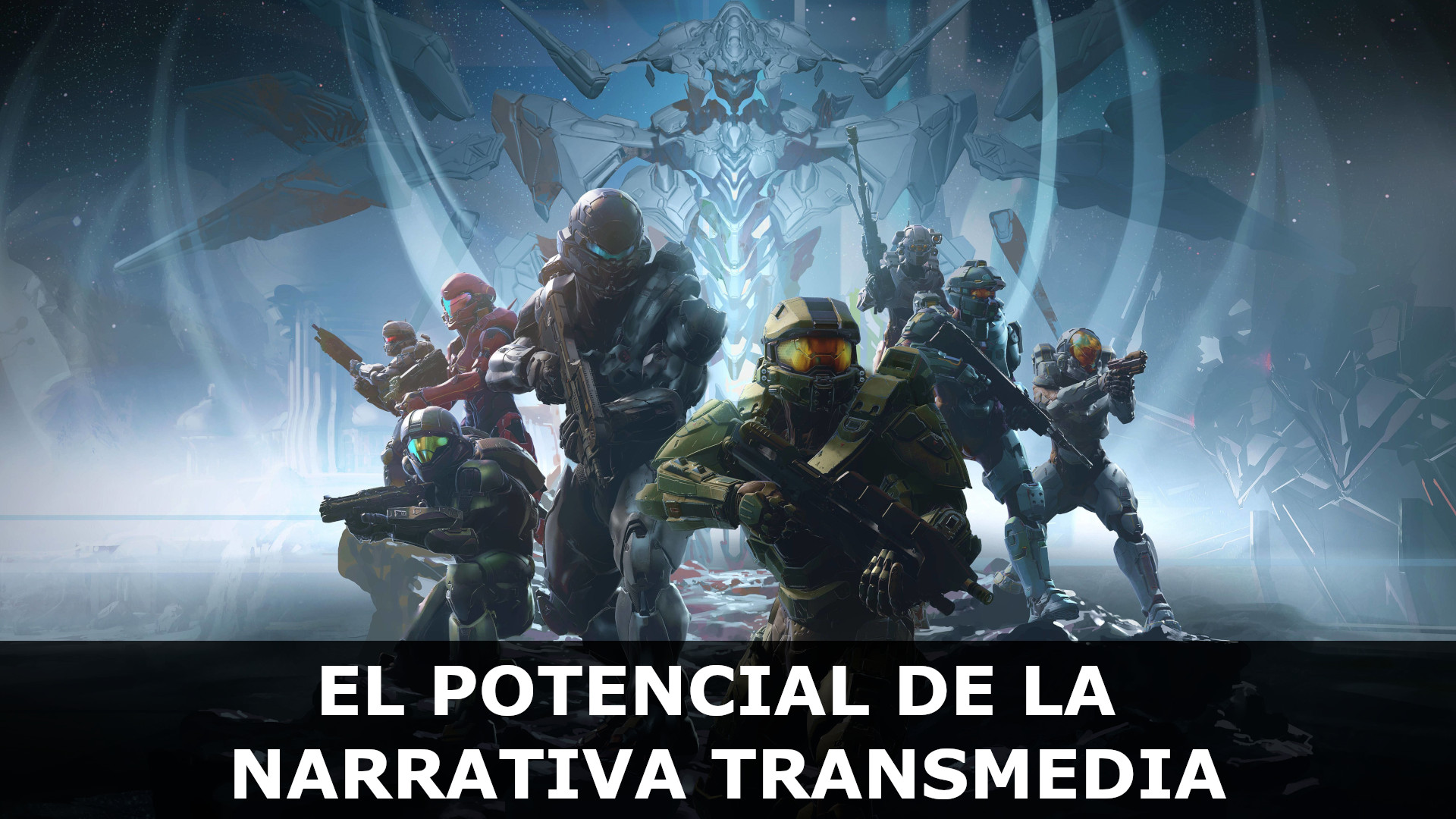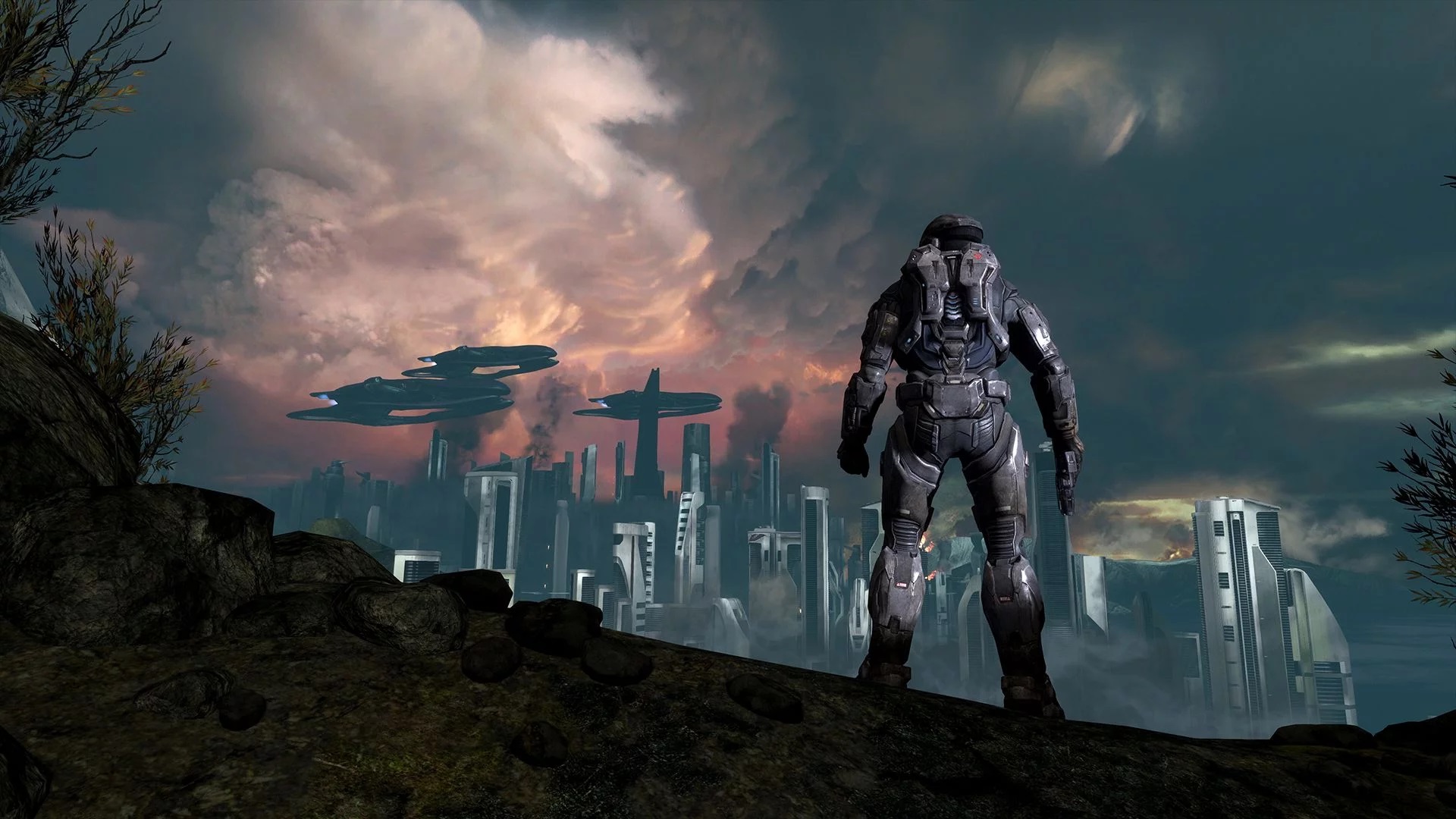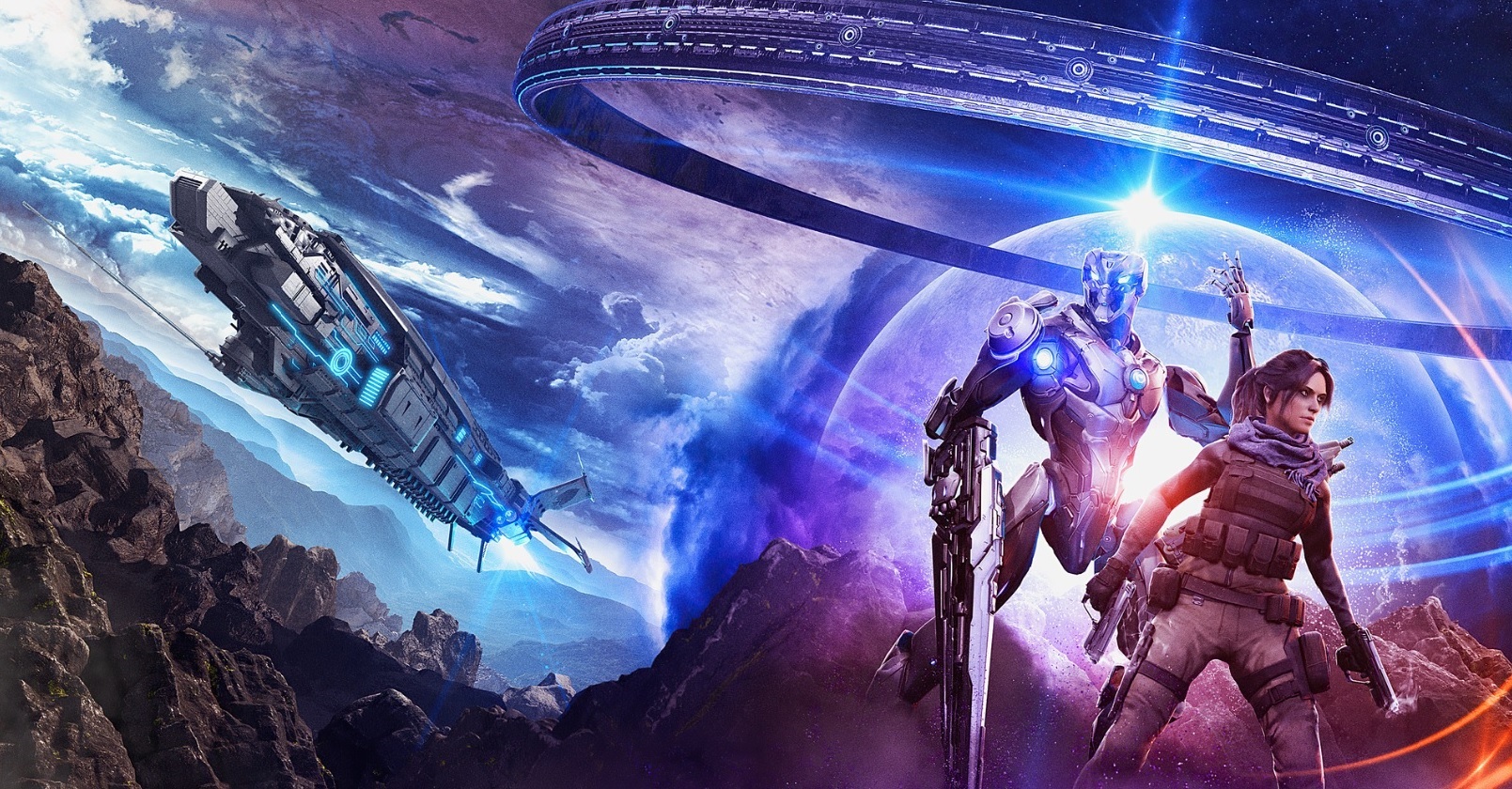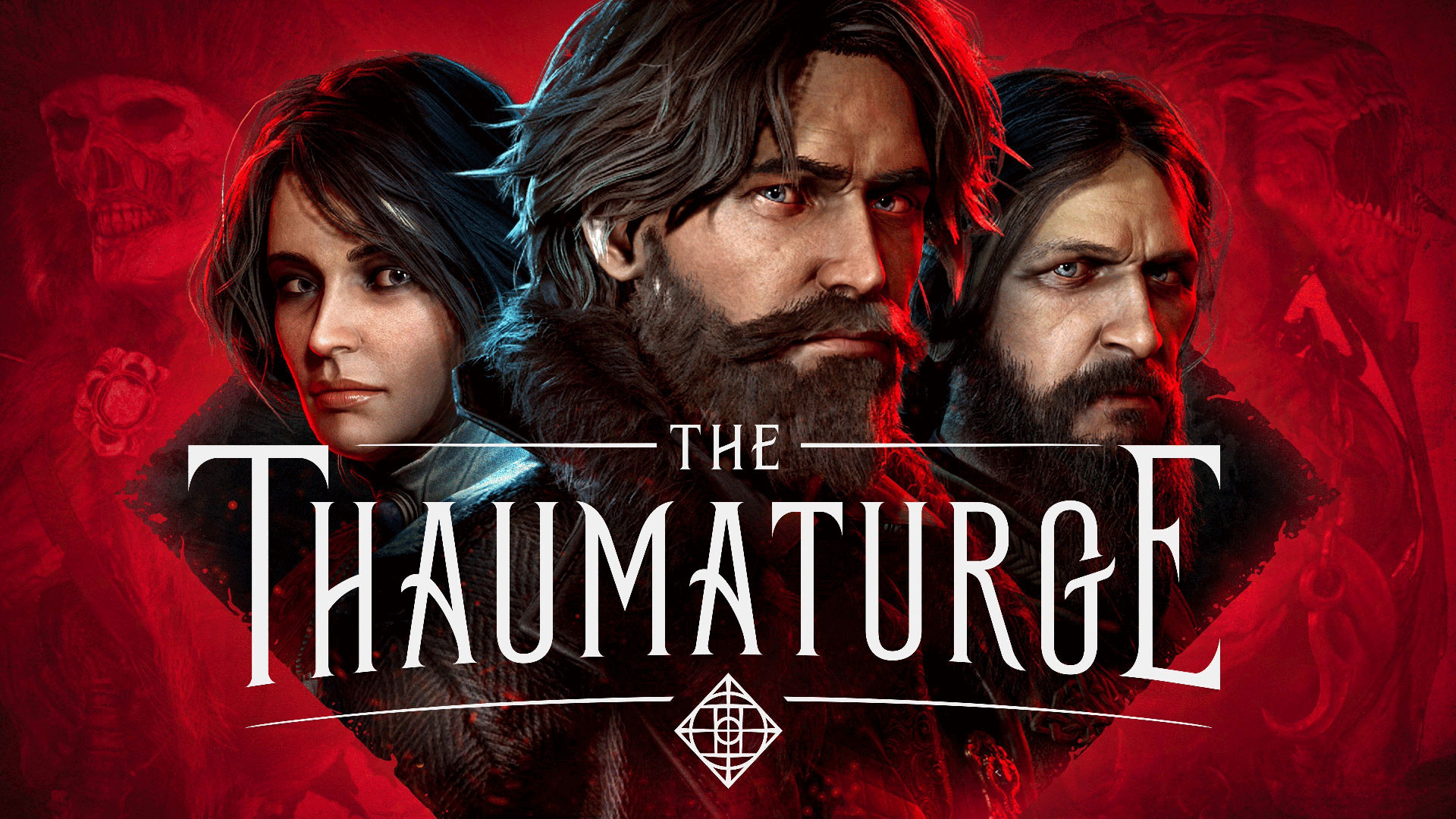Science fiction, especially the subgenre space opera, presents great versatility to adapt to any medium capable of telling stories, and in the specific case of virtual platforms and video games, science fiction has shown that it can adapt effectively, whether mainly in the form of a real-time strategy video game, Shooter or RPG. This fact has contributed considerably to the fact that, in a certain way, aided by the current expansion of the medium, the genre has been able to approach a wider audience in terms of age and gender, maintaining many links and points of contact in terms of architextual inscription, linguistic and narrative codes, textual strata, compositional and structural processesfictional character, story elements, narrative modalities and subgenres.
And it’s science fiction, as we’ve pointed out before, the genre that boasts a narrative that adapts more easily to any medium by exhibiting constant evolution and adaptation. This is how we came to the concept of stories. cross-media or transmedia through works like the one featuring these lines: Halo, a saga that marked an era in video games. So much so that its importance transcended its virtues within the genre, its place of reference for a console like the Xbox, and its position as a cornerstone, for what would be the model to follow for other similar proposals.
Subscribe to the GX channel on Youtube
Halo it became a symbol of what AAA video games were. It’s the title that put Microsoft in the running for a spot in the home console competition. A place that still today, despite its ups and downs, holds as one of its greatest references.
An Enduring Legacy
First of all, it is necessary to underline the importance that such a universe was born from a video game saga whose narrative arcs total a minimum duration of approximately 100 hours, and a maximum duration of approximately 200. This space of time is well used by the creators of the game for, on the one hand, tell in depth a story of epic dimensionsand secondly to be able to develop their characters in ways not possible in other media.
All the while, the player can simply advance “in a straight line” through the events essential for the plot to move forward, but can also stop and immerse themselves in the expansive universe on offer through the visual storytelling they cherish. . In this way, the player has, according to his interest, all the time he wants to familiarize himself with the universe that is offered to you in a pleasant and simple way. This gives the player an illusion of freedom, which however is not such since the events for the development of the story follow one another in a linear fashion by overcoming each episode and accessing the next.
Another of the strengths of the franchise is its constant presence until today since its appearance in 2001: to date they have launched a large number of video games for different platforms, comics, novels, movies and a TV series
In short, we are faced with a fan phenomenon that is not only completely established in the market, but also continuously reinforced.
the halo universe
Thus, if we take into consideration the completeness of the transmedia project which supports Haloit should be noted that, as implied by the concept of transmedia itself, it is designed to strike a balance between being a product that can be consumed (and therefore sold) in independent chapters (whether as novels , comic books, animated series or video game originals) while developing, expanding, supplementing and/or completing the narrative universe in which it is set and the story it supports, which also allows for interdependence between each product through a complex and elaborate plot.
In this way, the brand Halo is not only anchored in the central product (the video game saga), but rather gives access to other forms of consumption thanks to transmedia storytelling.
The special case of Halo perfectly adapted to the subspecies space opera, intensely seasoned with elements of apocalyptic sci-fi, military sci-fi and even space colonization. We are therefore in front of a hybrid product. These characteristics, together with the complexity of its plot, as well as its active invitation to reflect on multiple real or fictional problems, make it possible
A universe of endless possibilities
Given all this, where we saw how the fictional universe of Halo takes place in various media such as comics, novels, and even a TV series that already has a second season on the way, we can see how these are shaped in several different ways: mostly like interstitial micro-stories that take place in the temporary voids left by video games (within this group we can include those that take place before the macro story, that is, consist of preliminary stories) and focusing on stories about the main characters of the saga; and to a lesser extent side stories, some of which nevertheless particularly conform in fact to a sort of prequel.
In the end, the clear goal of these products is to delve into narrative elements that incorporate themselves in new ways and give them some importance not because of their contribution to the narrative, but because they promote the complexity of the narrative universe of which it is a part. In addition, we can find peripheral stories, that is, outside the plot, where stories based on the fictional universe are told, but this happens at a different narrative moment, so its narrative function in the macro story is irrelevant.
And although the autonomy, independence and narrative weight of this variety of products is somewhat uneven, the vast official fictional universe offered by Halo It has enabled it to establish itself as a franchise model with a solid image and not limited to its core business thanks to marketing and the expansion of the narrative universe through transmedia storytelling.











